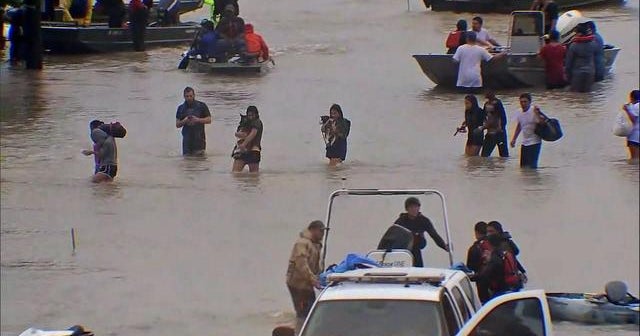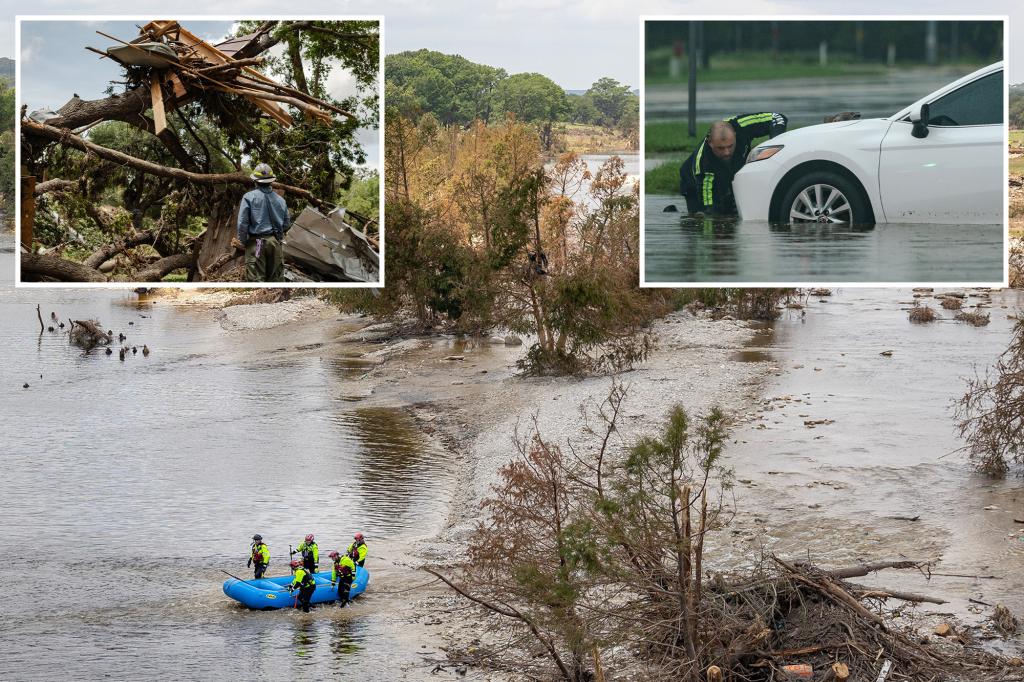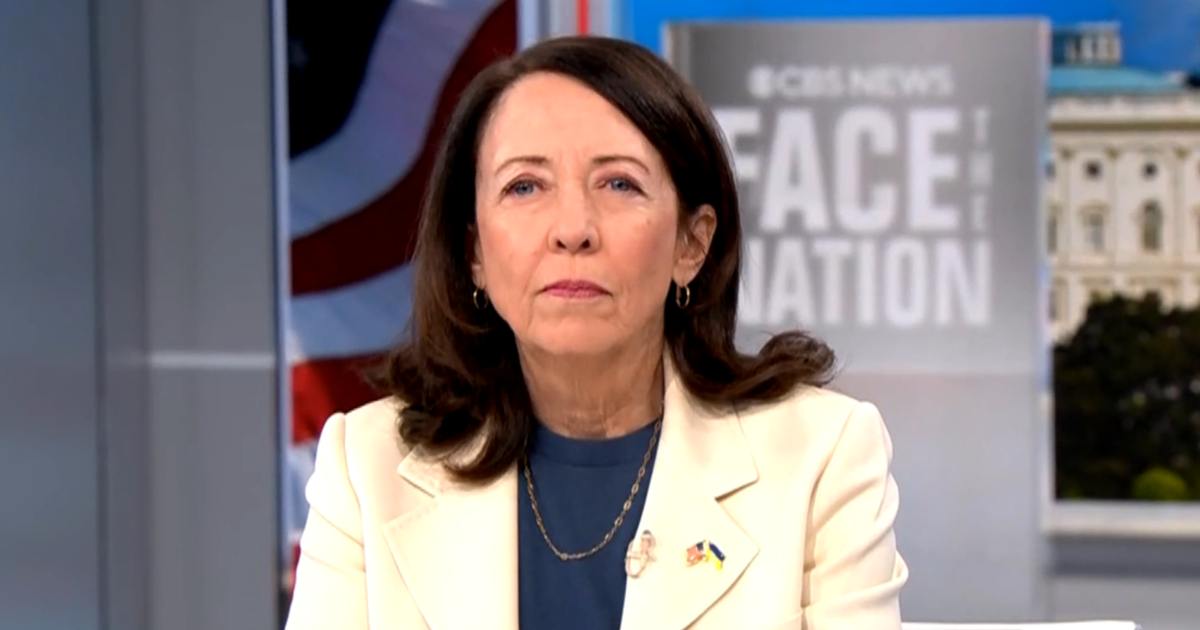Harvey: Unraveling the Catastrophe of a Modern Deluge
In August 2017, Hurricane Harvey struck the Texas coast, marking one of the most catastrophic natural disasters in the United States’ history. With unprecedented rainfall leading to catastrophic flooding, Harvey left a trail of destruction that has become a case study in the challenges of resilience and recovery in the face of nature’s fury. The aftermath of this disaster has prompted extensive analysis and discussion about the implications of climate change, urban planning, and disaster preparedness.
The Scale of Destruction
Hurricane Harvey unleashed rainfall totals that surpassed 60 inches in some areas, making it one of the wettest tropical cyclones on record. The flooding affected over 30,000 homes, displaced more than 30,000 residents, and resulted in over $125 billion in damages. The sheer scale of this disaster has drawn comparisons to Biblical floods, raising questions about the adequacy of modern infrastructure and the resilience of communities faced with such overwhelming challenges.
Understanding the Causes
The reasons behind Harvey’s unprecedented impact are multifaceted. Experts point to a combination of factors including climate change, urbanization, and inadequate infrastructure. As global temperatures rise, warmer air holds more moisture, leading to more intense rainfalls. Additionally, urban areas like Houston, characterized by extensive pavement and inadequate drainage, exacerbate flooding conditions. The interaction between these elements created a perfect storm for devastation, showcasing the vulnerabilities inherent in modern urban planning.
Community Resilience and Recovery
In the wake of Harvey, the question of resilience emerged as communities struggled to navigate the recovery process. Some neighborhoods demonstrated remarkable strength, coming together to support one another through grassroots initiatives. Volunteer organizations mobilized swiftly, providing essential resources and aid to those in need. However, the disparities in recovery efforts highlighted systemic issues such as socioeconomic inequality that disproportionately affected marginalized communities. The recovery process for many was slow and arduous, revealing the need for a more equitable approach to disaster response and recovery.
Lessons Learned and Future Implications
The aftermath of Hurricane Harvey has prompted a reevaluation of disaster preparedness and response strategies across the nation. Various stakeholders, including government officials, urban planners, and community leaders, have recognized the necessity for improved infrastructure and sustainable urban development. The Federal Emergency Management Agency (FEMA) and other organizations have begun to implement new guidelines that emphasize resilience, focusing on building codes, land-use planning, and emergency response protocols.
- Investment in Infrastructure: Cities must prioritize upgrading drainage systems and investing in flood control measures to mitigate future risks.
- Community Engagement: Involving local communities in disaster preparedness planning ensures that recovery efforts are inclusive and address the unique needs of all residents.
- Climate Adaptation Strategies: Policymakers must develop and implement strategies that account for the increasing frequency and intensity of natural disasters as a result of climate change.
Looking Ahead: A Call for Action
As climate change continues to pose significant threats to communities worldwide, the lessons learned from Hurricane Harvey must inform future policies and practices. The need for a proactive approach to disaster preparedness is more pressing than ever. Governments, businesses, and individuals must unite to create a comprehensive strategy that addresses both immediate recovery needs and long-term resilience planning.
The trajectory of recovery from Hurricane Harvey serves as both a cautionary tale and a beacon of hope. While the challenges are daunting, the strength demonstrated by affected communities offers a template for resilience. By prioritizing sustainable practices, fostering community engagement, and investing in robust infrastructure, we can better prepare for the inevitable storms of the future.
Conclusion
Hurricane Harvey was more than just a natural disaster; it was a wake-up call regarding the vulnerabilities of modern society in the face of climate change. The ongoing recovery efforts provide valuable insights into the importance of resilience and preparedness. As we look to the future, it is crucial that we learn from Harvey’s lessons to ensure that no community faces such devastation alone again.
See more Your Daily Weather



